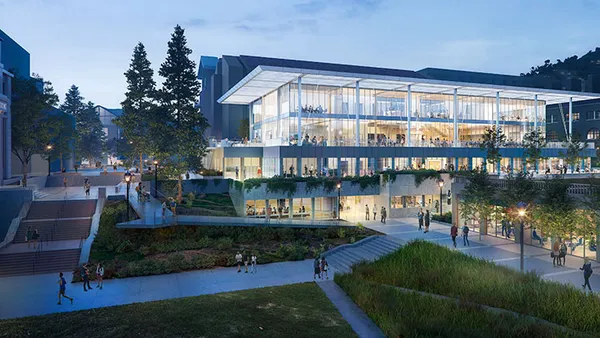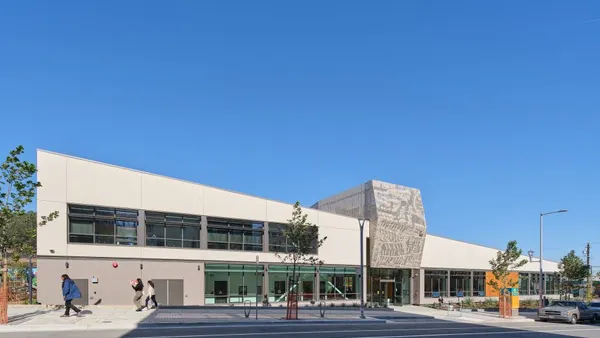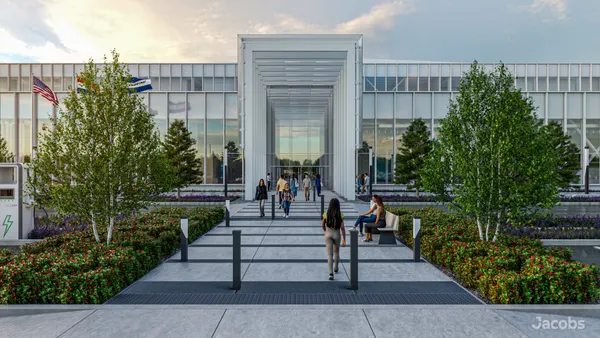Dive Brief:
- The New Braunfels (Texas) City Council has voted to establish a public improvement district (PID) in order to help pay for infrastructure work for the $250 million Solms Landing mixed-use development. A PID is a financing mechanism that can be created by a city or county under Texas state law to allocate costs according to benefits received, by assigning a certain tax rate per $100 of property value, for example.
- Developers are requesting PID financing in the amount of $7.2 million to help pay for $11.2 million of improvements. Assessments against private property owners within the PID will help pay for items like roadways, signage, lighting, parks, landscaping, trails, benches, irrigation, wastewater and drainage.
- The 98-acre development is slated to feature 675 single-family and multifamily residences, 200 hotel rooms, 150,000 square feet of Class A office space and 500,000 square feet space for other uses. The private planning group representing developer James Mahan told the city council that Solms Landing will create 2,300 construction jobs and an associated $116 million of wages.
Dive Insight:
Solms Landing will also generate $320,000 of construction sales taxes for the city, according to developers, and $2.6 million in sales taxes for the state. Once complete, the development is expected to provide an annual payoff of almost $2 million in tax revenue for the city; $450,000 in hotel occupancy taxes; and more than $1 million in property taxes.
The concept behind the creation of a PID is that the additional assessment will eventually benefit those within the zone. A similar mechanism is a tax increment financing (TIF) district, in which increases in property tax revenue from new development or a hike in property values go into a designated fund for improvements. This type of financing can help ensure that a project actually takes off, providing the promised construction jobs and full-time positions once the development is complete. A special tax district can also generate all or part of the local funds necessary to secure a federal grant.
Chicago officials established multiple TIFs to help finance the $2.1 billion Red Line and Purple Line Modernization Program, the largest capital project in the local transit authority’s history. Those districts will raise $610 million, which, in addition to approximately $500 million of other local and federal sources, helped secure a $956 million Capital Investment Grant through the Federal Transit Administration. The joint venture of Fluor Corp. and Walsh Construction Co. will oversee the engineering, design and construction of a rail bypass and signal system, as well as reconstruction of four stations and a segment of 100-year-old tracks under a $1.2 billion contract, and should be complete in 2025.












